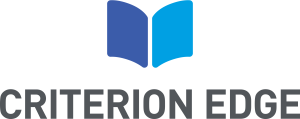This session’s topic: Safety and Performance Measures and Acceptance Criteria
Do you have questions about how to identify meaningful safety and performance measures for the clinical evaluation? What are the best strategies for the verification of device safety and performance? Are you demonstrating that your safety and performance objectives are appropriate and clinically relevant? Do you know how to specify acceptance criteria that are used to determine the acceptability of benefit-risk?
During this presentation, President Laurie Mitchell and Principal Medical Writer, Dr. Sarah Chavez, answer questions on how to identify meaningful safety and performance endpoints, ensure they are appropriate and clinically relevant, how to specify acceptance criteria ranges, and more.
Who should watch the recording?
Those Regulatory, Quality and Clinical leaders and teams who develop, write, review or approve Clinical Evaluation or Performance Evaluation Reports for EU MDR or IVDR submissions
Click here to watch the recording!
Clearly Defining Measurable Safety and Performance Endpoints
newest regulations for medical devices, Medical Device Regulation (MDR) 2017/745 and MEDDEV 2.7/1 revision 4, set high standards for confirming safety and performance according to the manufacturer’s Instructions for Use. Previously, regulations under the old MDR and MEDDEV were not as demanding. Also, manufacturers are not accustomed to the current systematic process of CER evaluations.
These relatively new requirements for clinical evaluation extend to manufacturers sending new products into the European market. Additionally, those that are already selling medical devices will have to follow these new requirements. Safety and performance are central components of the evidence-based evaluation process for obtaining and maintaining CE Marking for MDR 2017/745 and MEDDEV 2.7/1 rev 4. Consequently, medical device manufacturers felt the pressure to comply by May 2021.
Read more on this topic in our blog post, here.


